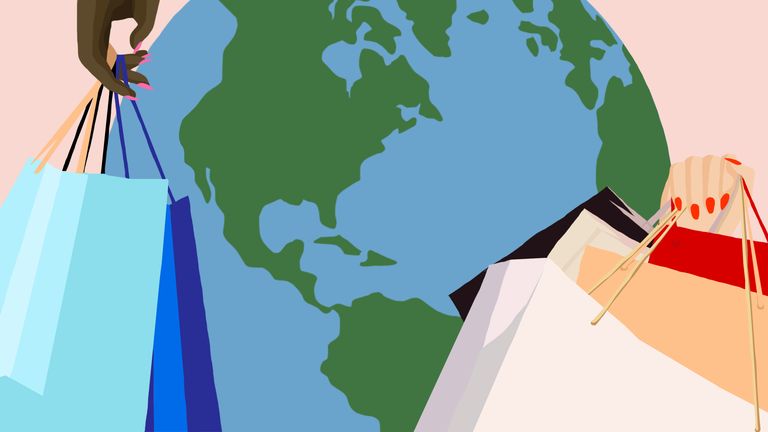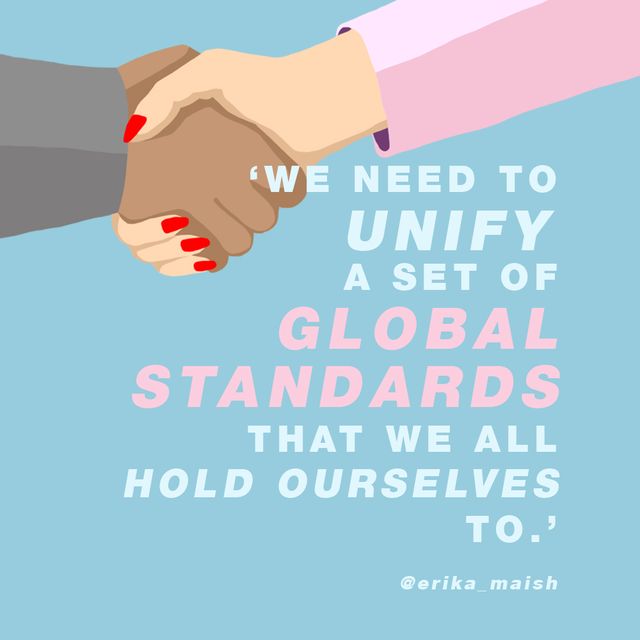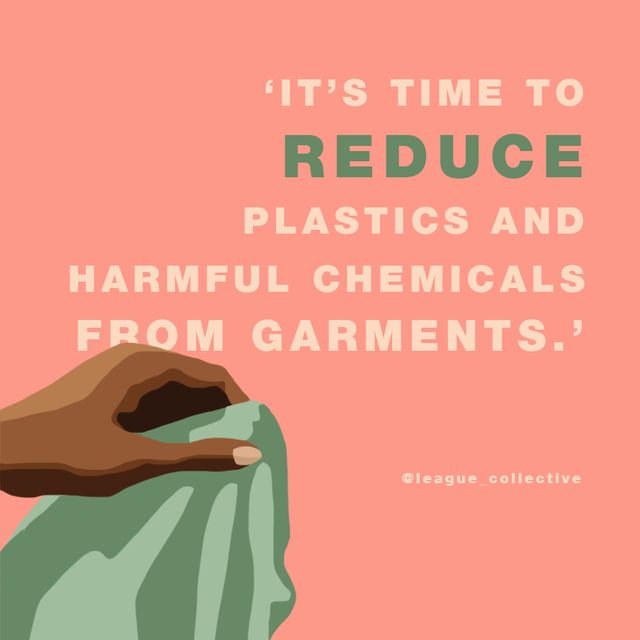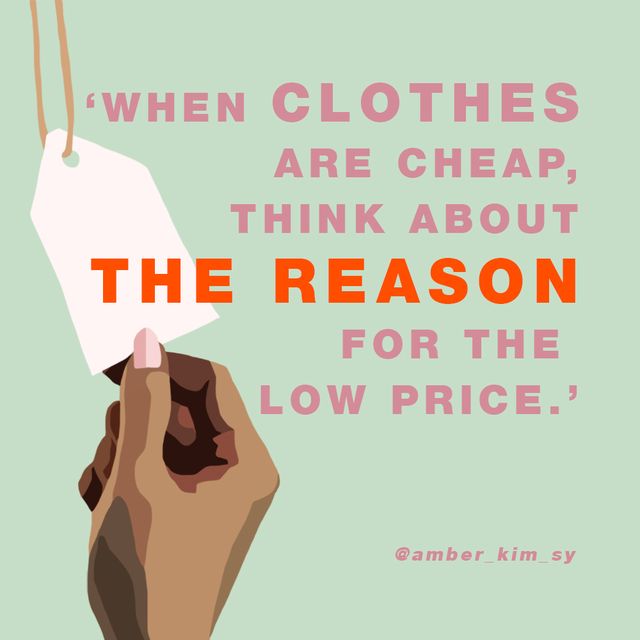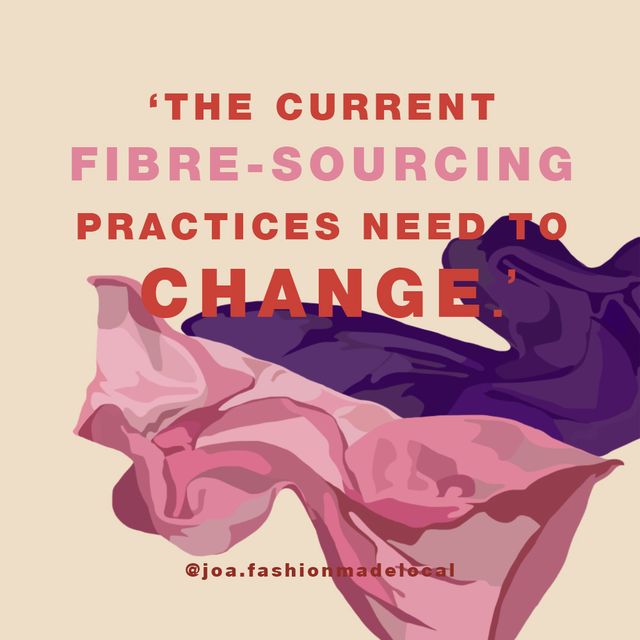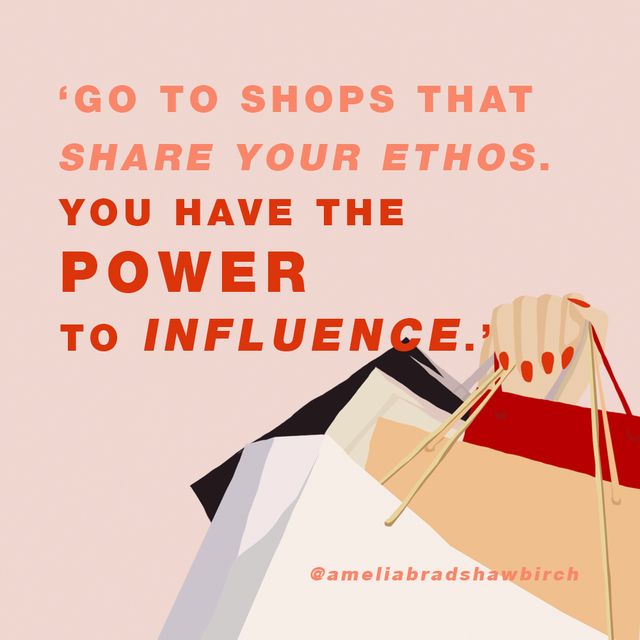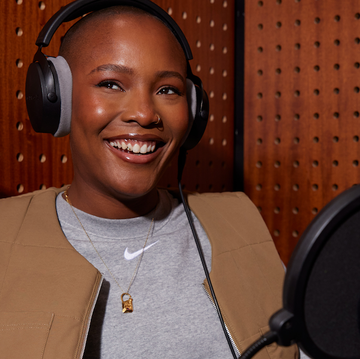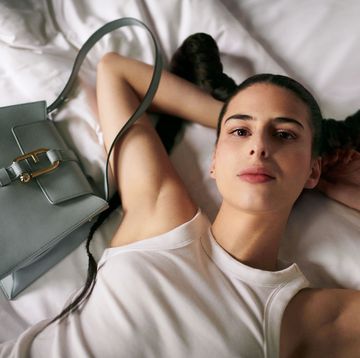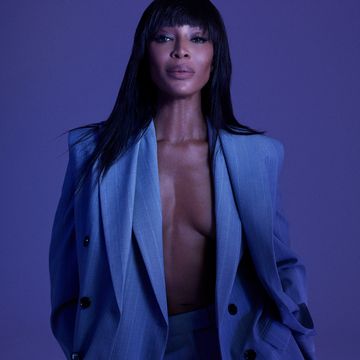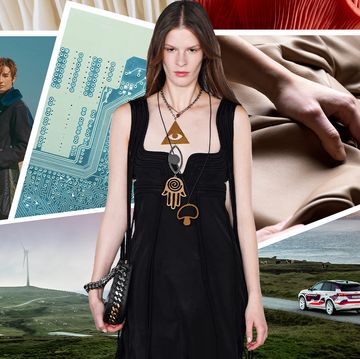Second to oil, the clothing industry is the largest polluter in the world. And, considering that the mass production of materials such as polyester and acrylic isn’t only endangering our ecosystem but perhaps even our health (with synthetic fabrics being produced with potentially toxic chemicals), it’s no surprise that up-and-coming British designers have sustainability at the forefront of their minds.
With fibre brands such as TENCEL™ making compostable and biodegradable lyocell and modal out of renewable raw material wood, changes are already happening. But what else can the industry do to contribute to lower global greenhouse gas emissions? How can fashion industry experts shorten supply chains and encourage less intensive production? We asked graduates and start-up designers for their input.
‘It costs more for designers and consumers to create and buy sustainable products, when it should be the cheaper option – and eventually the only option,’ says Los Angeles-born designer and Central Saint Martins graduate Erika Maish.
‘When environmental damage is created on such a large scale, it should be the government’s responsibility to impose regulations on textile and clothing manufacturing. Governments could impose sanctions on countries that break these rules with regard to environmental, human and animal exploitation.’
‘More and more designers are choosing to show off-schedule or release new collections when they feel ready, rather than follow a strict seasonal schedule. I don't think Fashion Weeks should be eliminated, but they can evolve into different forms of presenting and celebrating designers’ work that don’t revolve around a new collection.’
‘The entire process from farm to closet is long and involves so many different people. A printed cotton T-shirt starts its life as a plant on a farm. It has to be harvested, spun into a yarn, bleached or dyed, and then it’s knitted into a fabric. Clothing designers, print designers, printers, pattern cutters and seamstresses all play a role in getting your clothing in front of a buyer and into stores,’ says Maish.
‘A lot of clothing is produced in less economically developed countries, where labour is cheap, and these are the same countries where we dispose of the clothes we no longer want. Everything is so fast, cheap and accessible nowadays, but we’ve become disconnected from the origins - and international shipping - of our products. We need to remember that each manmade thing we own was designed and made by someone.’ says Maish.
Designer Lilly Richardson is the founder of League Collective, which creates sustainable multipurpose and high-tech sportswear for women using 100% recycled fabrics.
‘Natural-fibre fabrics are sustainable to an extent so long as we don’t mass consume them,’ she says. ‘Being able to recycle fabrics already made with minimal water and dyeing substances is certainly the way forward. Fibres such as TENCEL™ are already pushing this by using much less water.’
‘I would make it a law in every country that all manufacturers must have legitimate proof that the garment being manufactured is in high demand,’ states Richardson. ‘Most factories expect and order 300-3,000 units minimum per style/colour/size meaning there is a huge margin for waste if the brand doesn’t have the funds or audience to sell these products.’
Born and raised in Seoul, South Korea, London College of Fashion graduate Amber Kim made London Fashion Week (and the world) take notice with her ‘Repurpose’ design project, creating a collection using tents, sleeping bags and air mattresses that had been discarded at music festivals.
‘The act of buying new products is an unsustainable practice itself,’ says Kim. However, we know asking people to completely stop consuming is unrealistic. Instead, buying second-hand, renting outfits and encouraging a rotating capsule wardrobe system can help freshen up your closet.
Julie Marie Chaussende, Olivia Lara Weber and Anna Schuster, AKA JOA, make unique jackets (produced in Hackney, East London) from preloved clothes that may otherwise have ended up in landfill.
‘We can make fashion more eco-friendly by operating locally, using resources that are already available and lifting up people in their surroundings, while applying holistic thinking to everything we do,’ say the trio. ‘At JOA, we source garments from items our local charity shops can’t sell and upcycle them into jackets.’
‘The most sustainable fabric is one that’s already been used to make a garment,’ JOA tell us. ‘Otherwise, natural fibres (that aren’t cotton) should be used most, as they don’t retain smell or bacteria, meaning you’ll have to wash them less. The production of new synthetic fibre has to be avoided, as it’s petroleum-derived.’
Central Saint Martins fashion student Amelia Bradshaw-Birch talks about the need to be waste-free in the industry today: ‘I make things out of my offcuts, which can be really interesting and cost-effective.’
‘I encourage consumers to look at the label and research the company that they’re buying from to see if they agree with its ethics,’ she says. ‘If I could change one thing in the industry, it would be how works are payed for and to improve the conditions that workers are in.’
One thing is for sure: it doesn’t matter if you work in fashion or not – we all have the ability to influence whether this sustainable future becomes a reality.
Learn more about the sustainable TENCEL™ branded fibres and find which of your favourite stores already stock it to up your eco-friendly credentials

